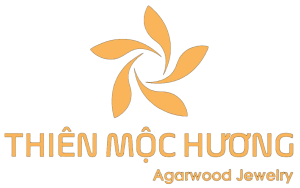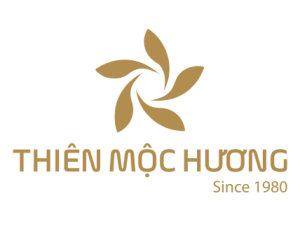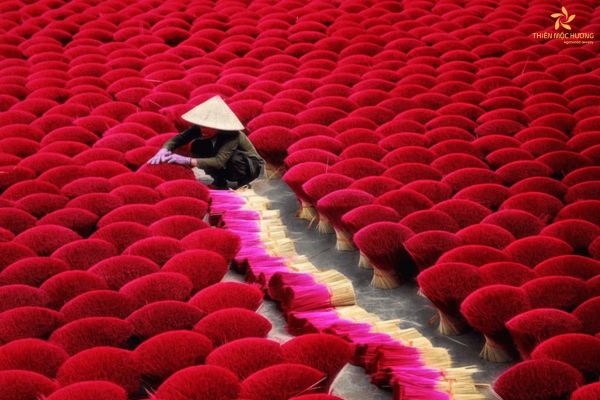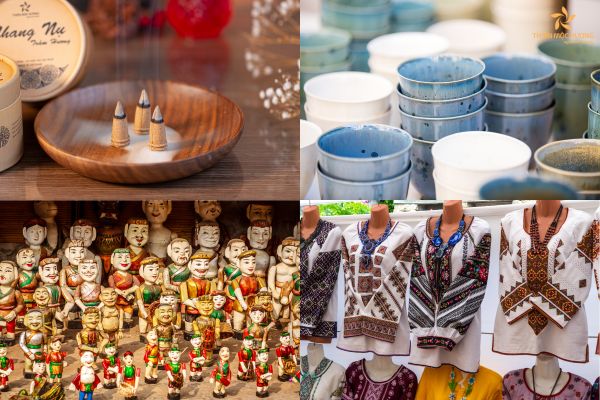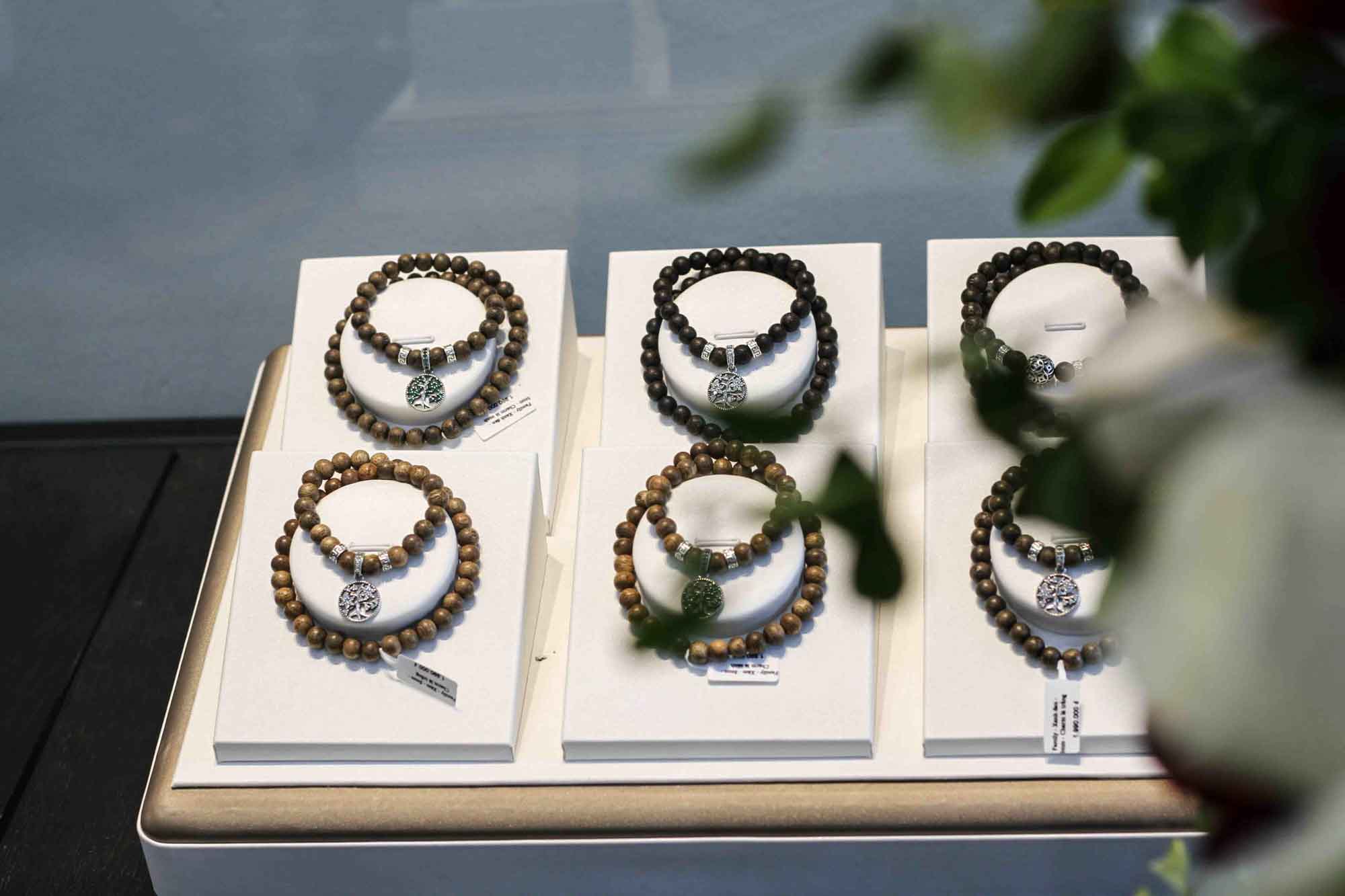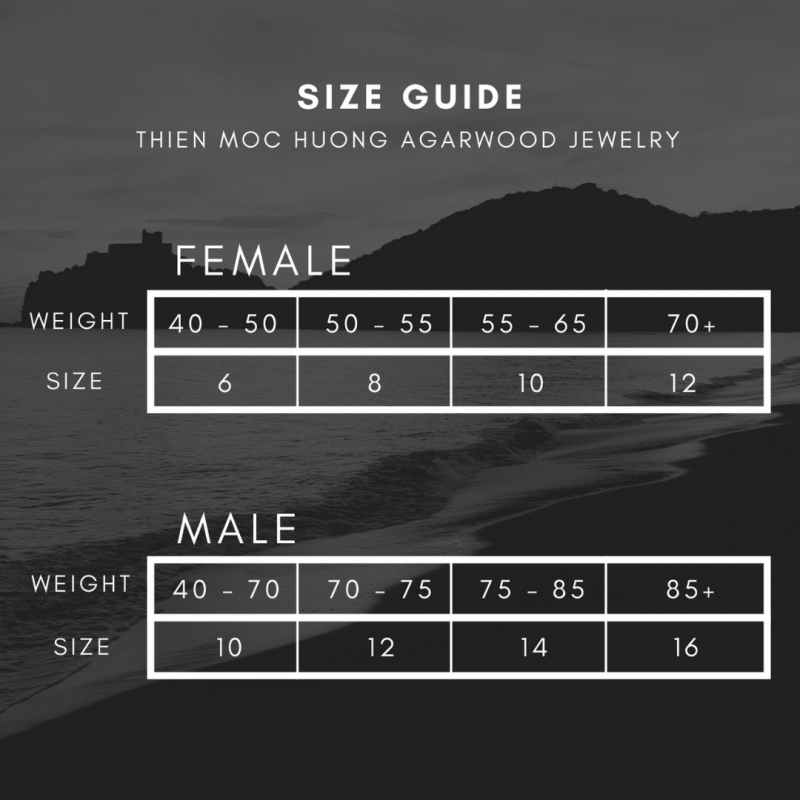Vietnamese New Year, also known as Tet Nguyen Dan or Tet, is a joyous and significant celebration in Vietnamese culture. It marks the beginning of the lunar new year and is a time for family reunions, paying respects to ancestors, and welcoming the coming year with hope and prosperity. One of the essential elements of Tet celebrations is the array of delectable traditional dishes that hold deep cultural meaning and offer an explosion of flavors. Let’s explore some of the most special Vietnamese New Year food in this article!
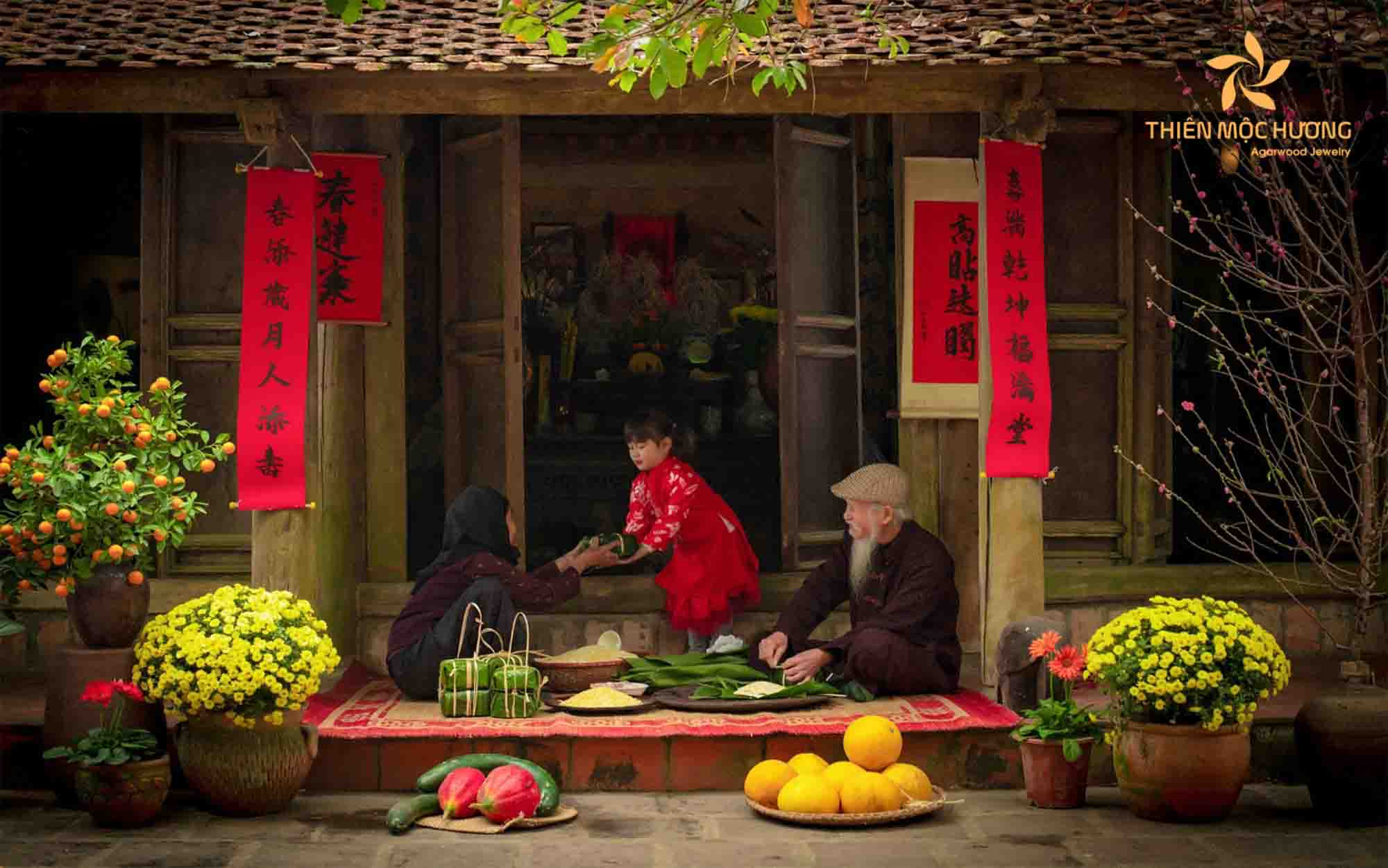
I. The significance of Vietnamese New Year food
Vietnamese New Year, commonly known as Tet, holds a special place in the hearts of Vietnamese people. This important cultural celebration marks the beginning of the lunar new year and is eagerly awaited by families across the country. Tet is not only a time for reunion and reflection but also a time to savor the rich culinary traditions that play a central role in the festivities.
1. The importance of Tet in Vietnamese culture
Tet is deeply ingrained in Vietnamese culture and holds immense significance. Families come together from far and wide to celebrate this auspicious occasion. It is a time of renewal, where people leave behind the troubles of the past year and embrace the opportunities of the new one. The atmosphere is joyful, hopeful, and a sense of unity as people actively prepare for the upcoming celebrations.
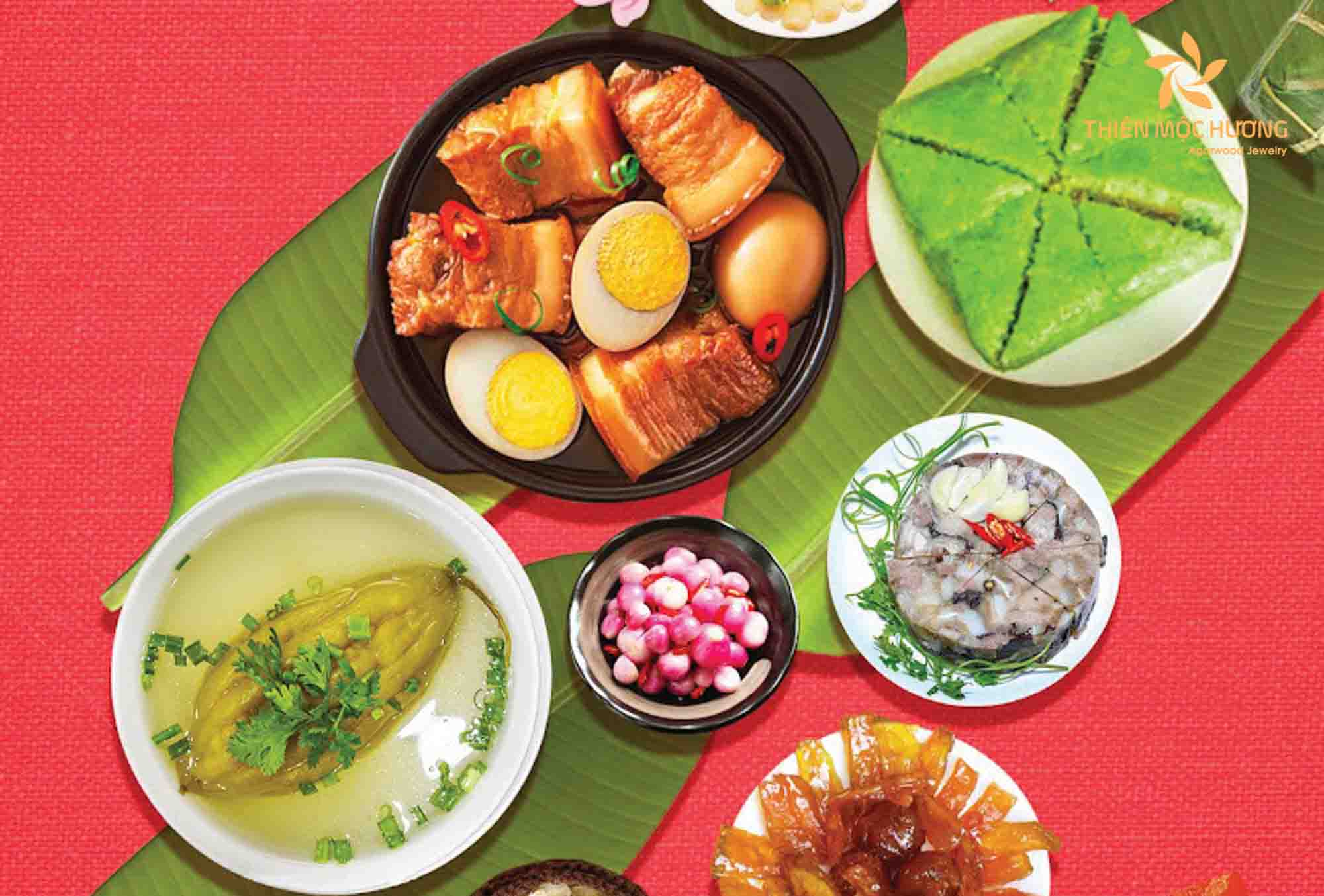
2. How Vietnamese New Year food plays a central role in festivities
Lunar new year food Vietnamese forms the heart of the Tet celebrations. People prepare traditional dishes in homes throughout the country. These dishes hold special symbolic meanings that are cherished by the Vietnamese people. One such example is “Banh Chung,” a square-shaped rice cake, representing the Earth, and “Banh Day,” a round rice cake symbolizing the Sky. These delicacies serve as a tribute to Vietnamese ancestors and a connection to their roots.
Transitioning into the celebration period, families come together to enjoy sumptuous feasts. The aroma of various dishes fills the air, inviting everyone to the table. It is a time of abundance and sharing, where food acts as a unifying force, bringing generations together in a heartwarming display of togetherness.
The significance of Tet culinary traditions goes beyond just the delicious flavors. These dishes hold cultural and historical importance, passed down through generations, preserving the essence of Vietnamese heritage. As people gather around the dining table, stories are shared, customs are passed on, and a sense of identity and belonging is strengthened.
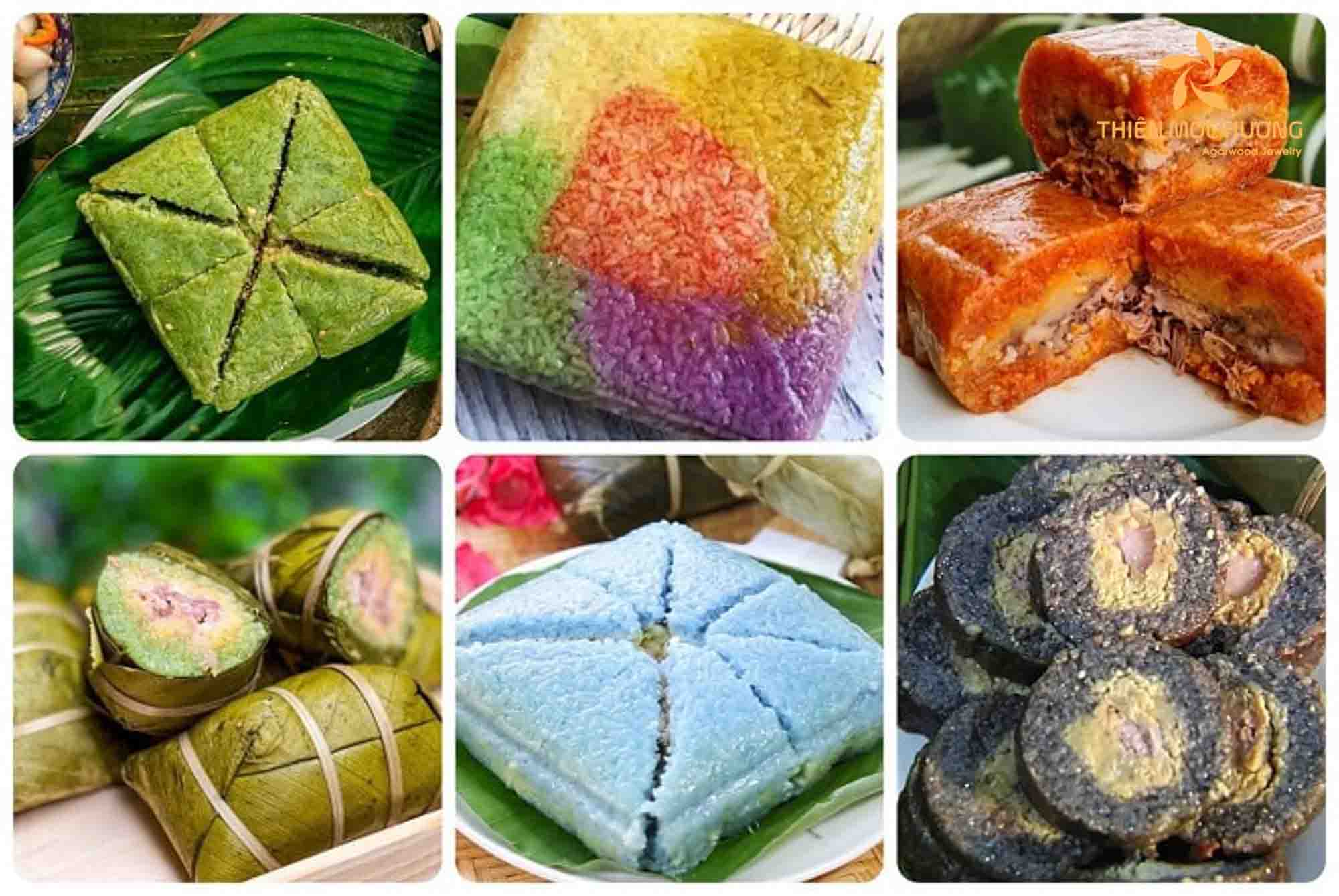
II. Top 11 Vietnamese new year food for you to try
Vietnamese New Year food carries profound symbolism, with each dish representing good luck, prosperity, and happiness. These traditional delicacies are prepared with love and care, and their consumption is believed to bring blessings and fortune for the year ahead. Families meticulously plan and prepare the feast, passing down recipes from generation to generation.
1. Bánh Chưng and Bánh Tét (Sticky rice cake) – The most delicious traditional Vietnamese new year food
Bánh Chưng is an iconic Lunar New Year food Vietnamese, symbolizing the Earth. It is a square-shaped glutinous rice cake filled with mung beans, pork, and pepper, wrapped in banana leaves. The meticulous preparation process involves layers of rice and fillings, creating a rich and flavorful cake. People boil Banh Chung for hours, resulting in a dense, aromatic delight. Vietnamese people usually eat Banh Chung with pickled vegetables.
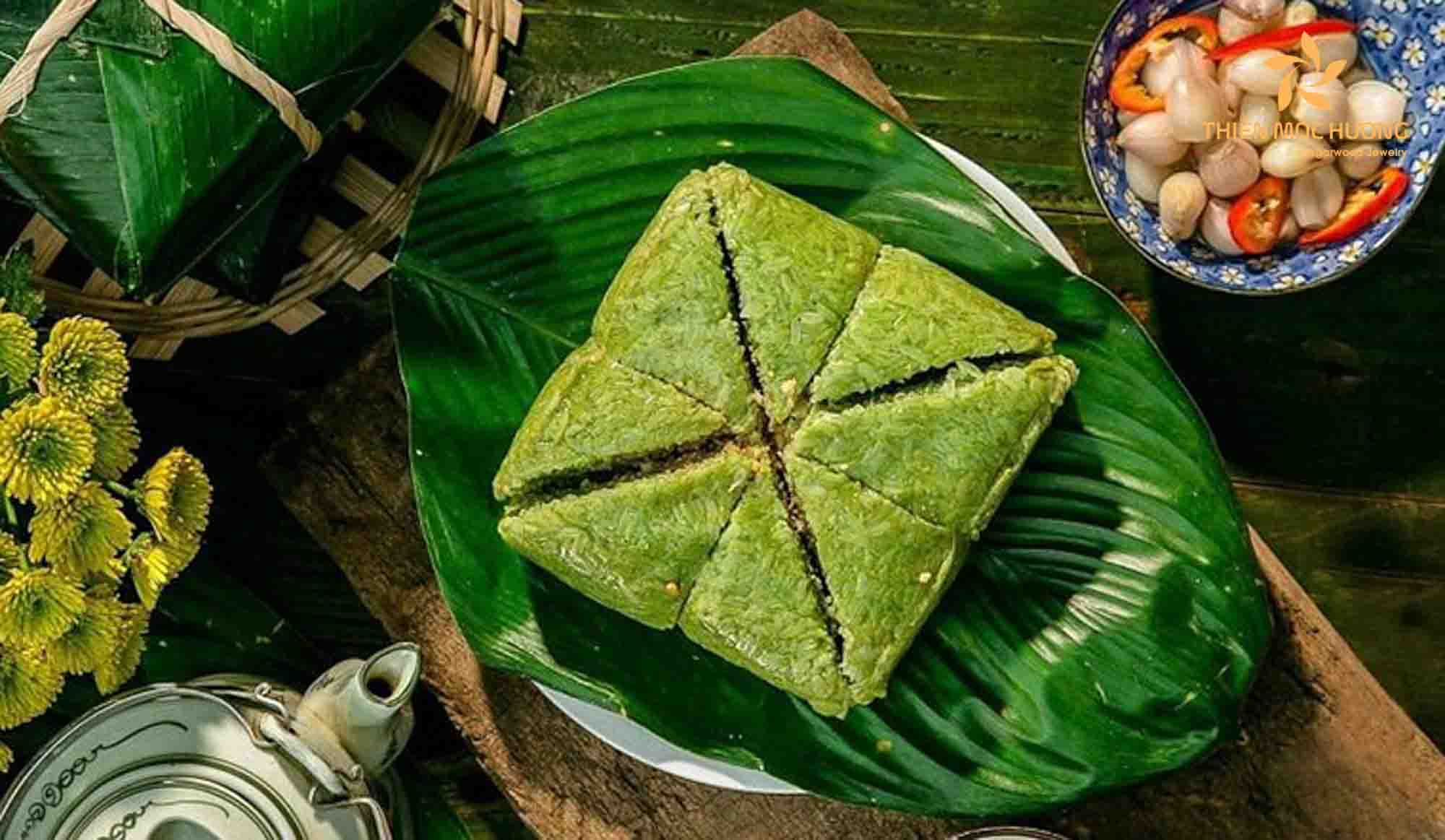
2. Dưa Hành (Pickled onion)
This pickled onion side dish is commonly served during Tết. The pinkish color comes from pickling the onions with beetroot, giving it a sweet and tangy flavor that compliments many dishes.
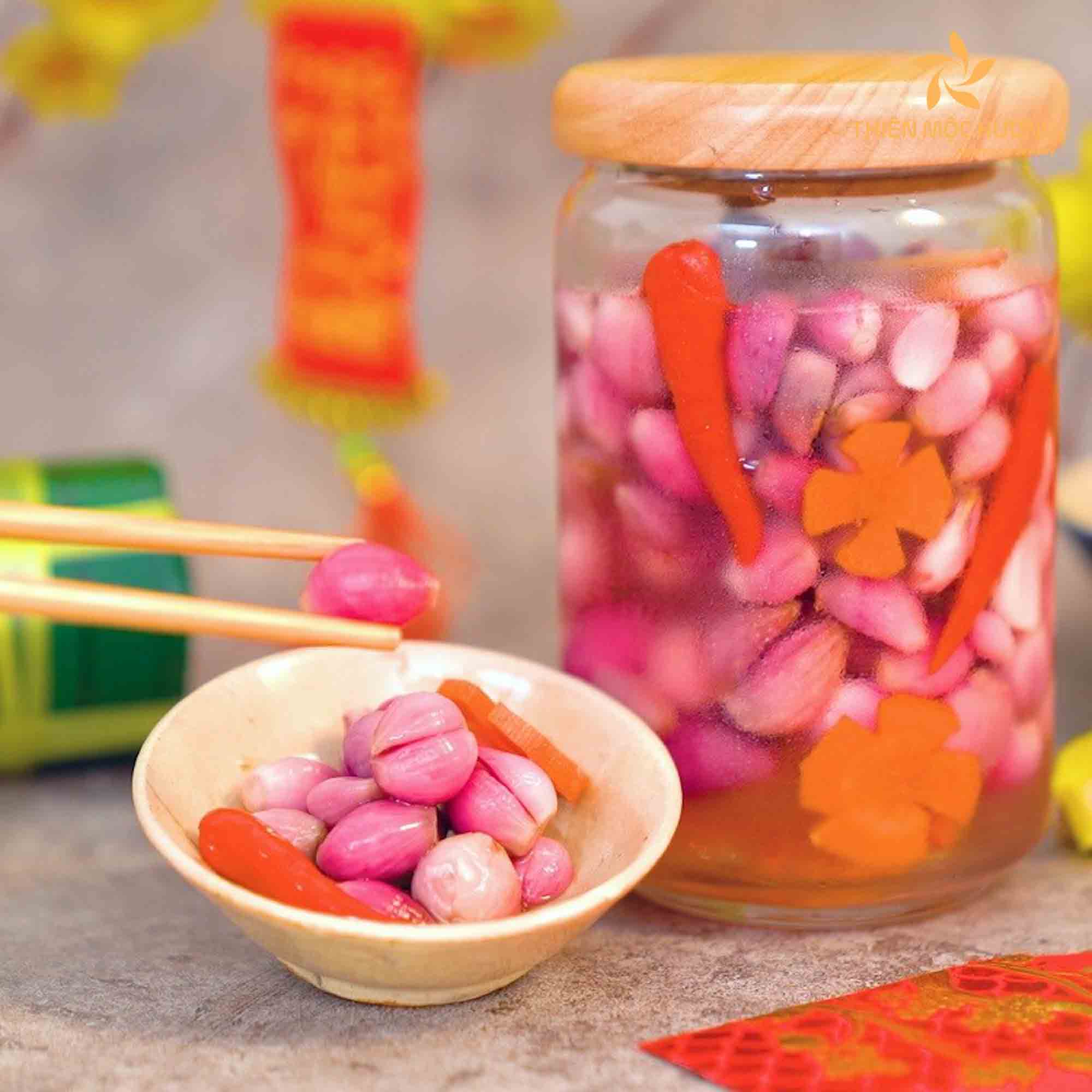
3. Thịt Kho (Vietnamese braised pork with eggs)
A popular Lunar new year food Vietnamese, Thịt Kho is braised pork cooked with boiled eggs in a savory caramelized sauce made from fish sauce, sugar, and black pepper. It’s a comforting and flavorful dish enjoyed by families during this festive season.
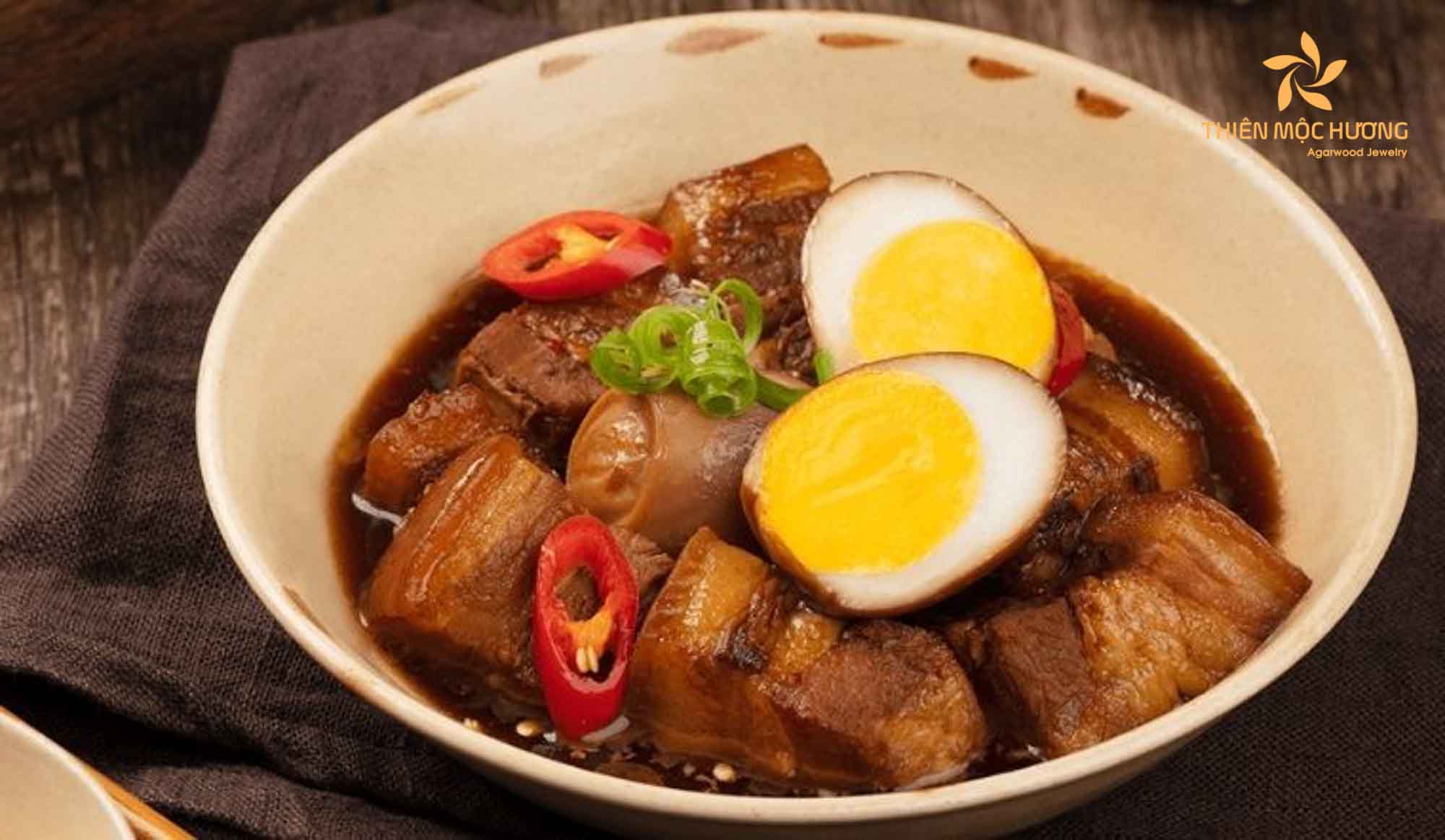
4. Gà Luộc (Boiled chicken) – Traditional Vietnamese new year food must have
Gà Luộc is boiled chicken, often whole, which is then thinly sliced and served with various dipping sauces. The chicken is tender and moist, making it a healthy and appetizing addition to the New Year’s feast.
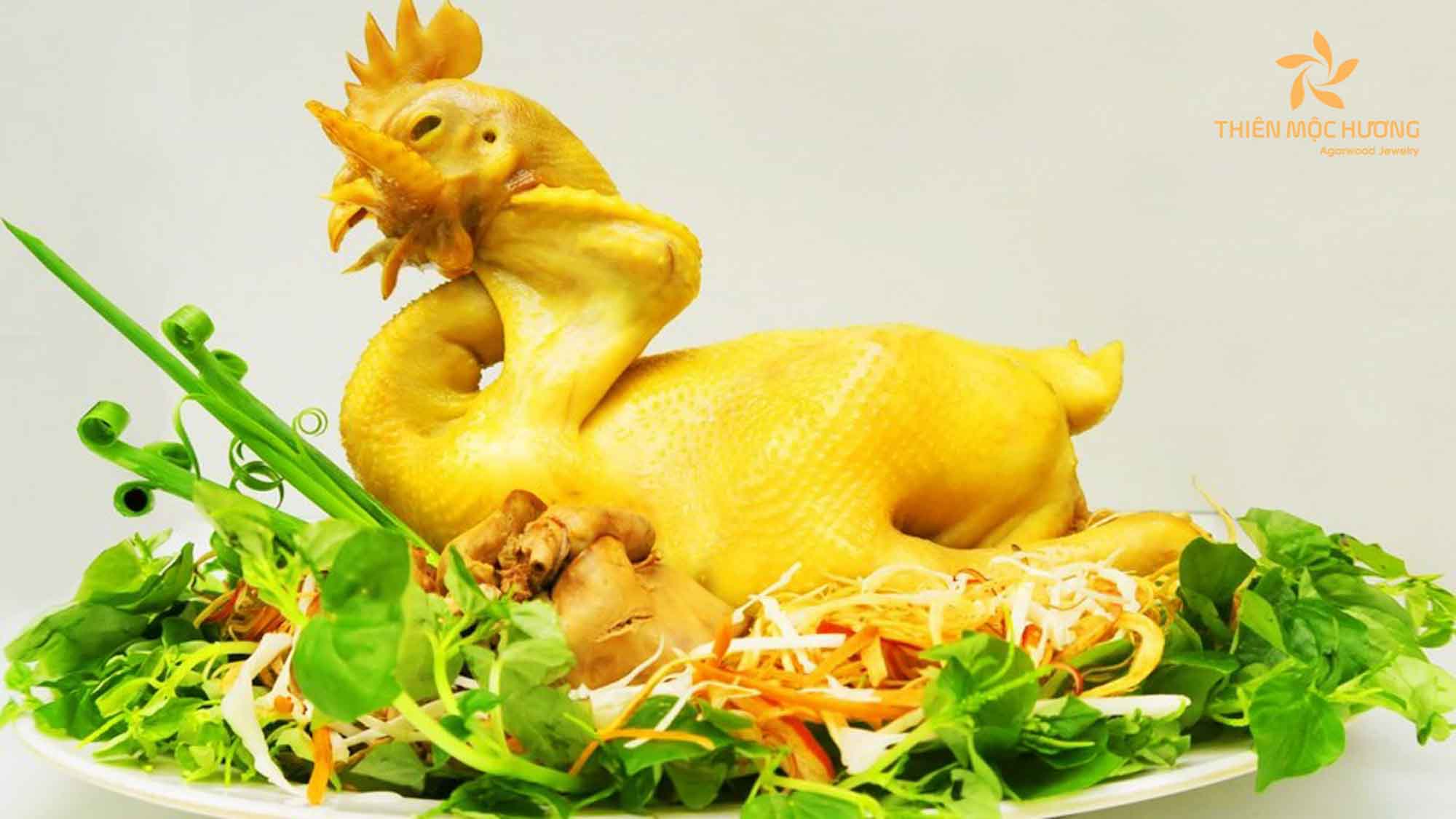
5. Nem Rán (Fried spring rolls)
These delicious fried spring rolls are a staple at any Vietnamese celebration. Made with ground pork, shrimp, shredded vegetables, and vermicelli noodles, they’re crispy on the outside and bursting with flavors inside.
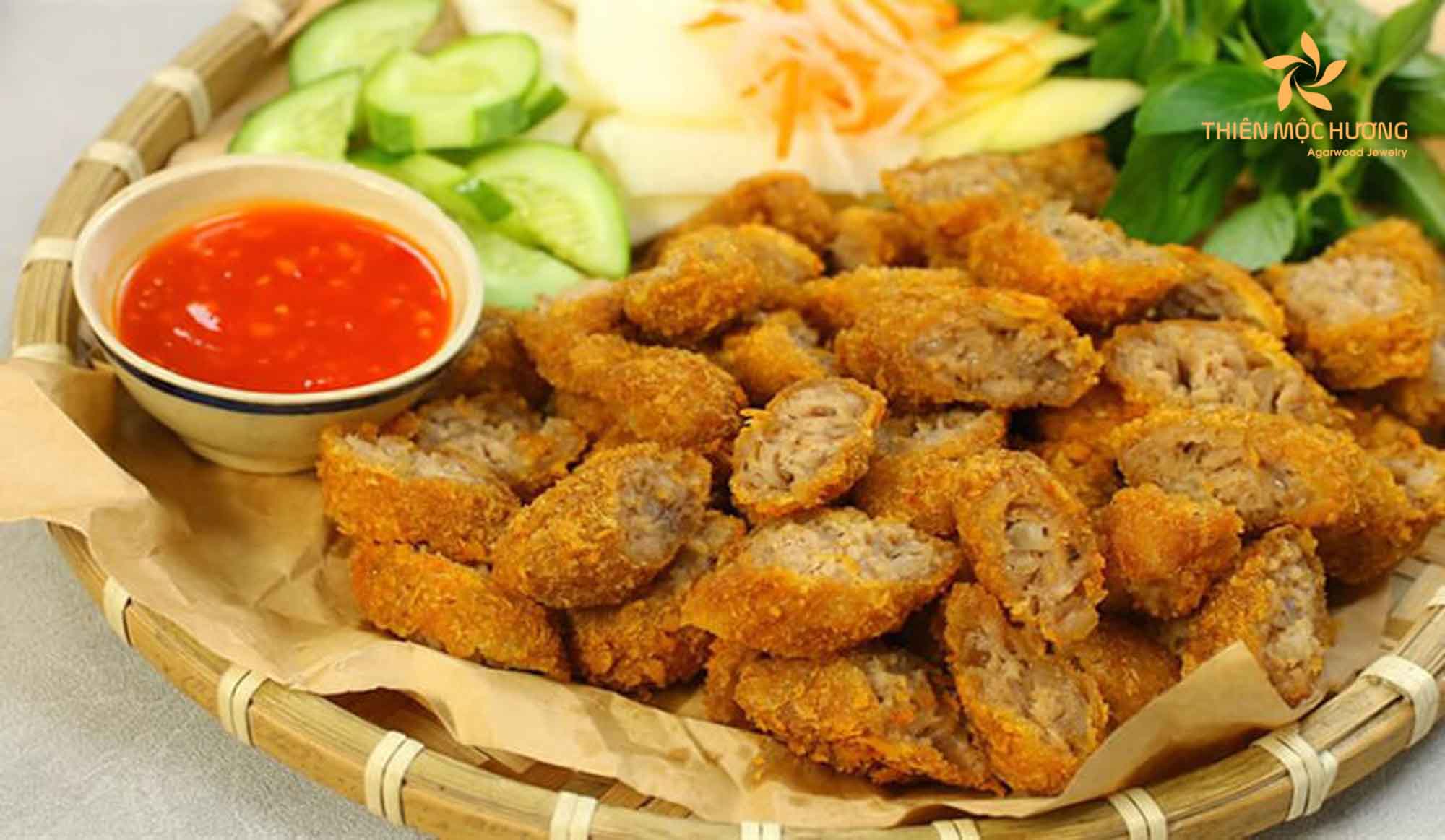
6. Chả Giò (Vietnamese egg rolls)
Chả Giò, or Vietnamese egg rolls, are similar to Nem Rán but are usually larger and wrapped in rice paper. They are often filled with a mix of minced pork, shrimp, crab, mushrooms, and other seasonings before being deep-fried to perfection.
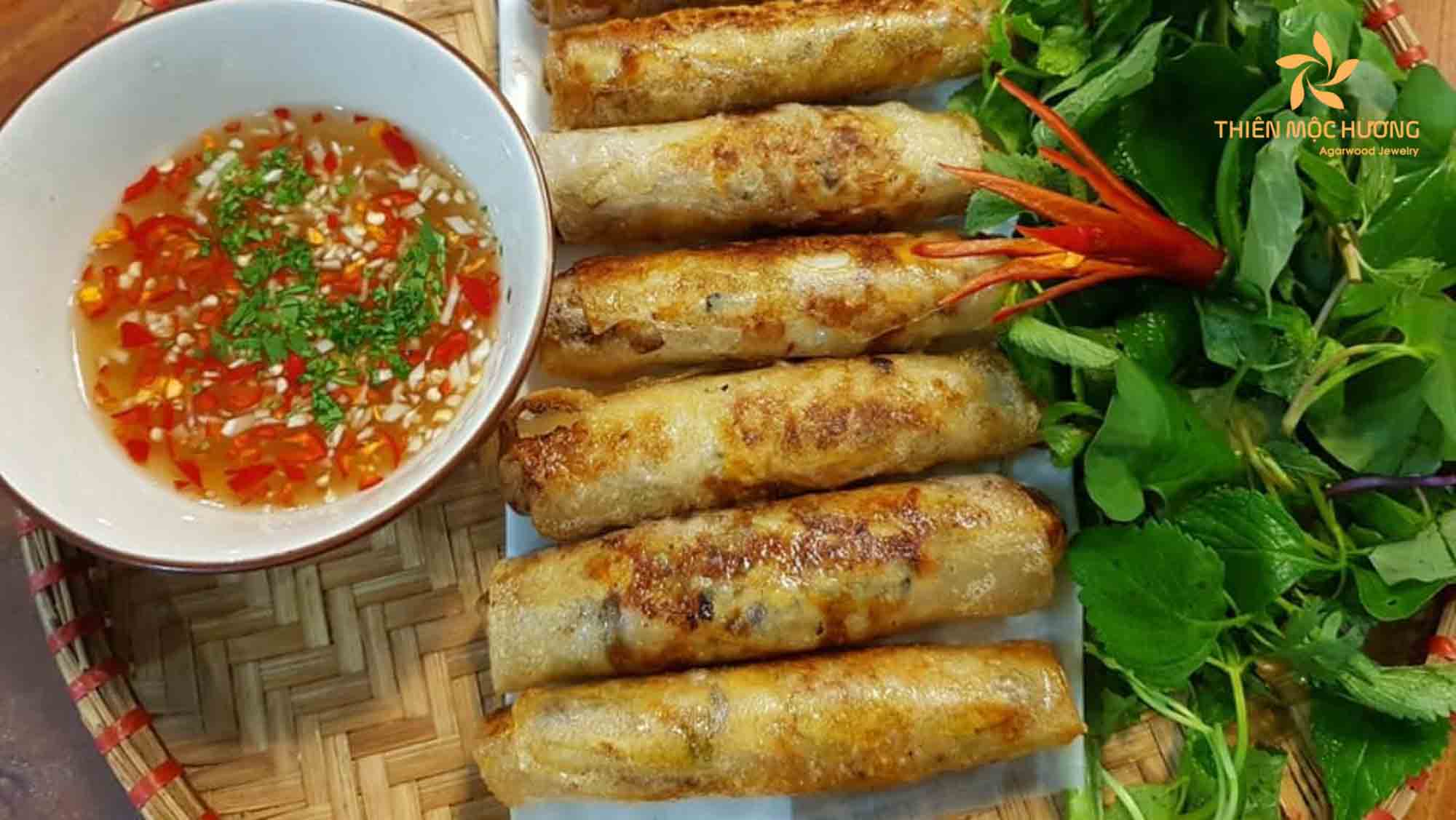
7. Xôi Gấc (Gac sticky rice)
This vibrant red sticky rice is made with Gấc fruit, a spiky melon-like fruit native to Vietnam. Xôi Gấc is not only delicious but also holds cultural significance, symbolizing luck, happiness, and prosperity during Tết.
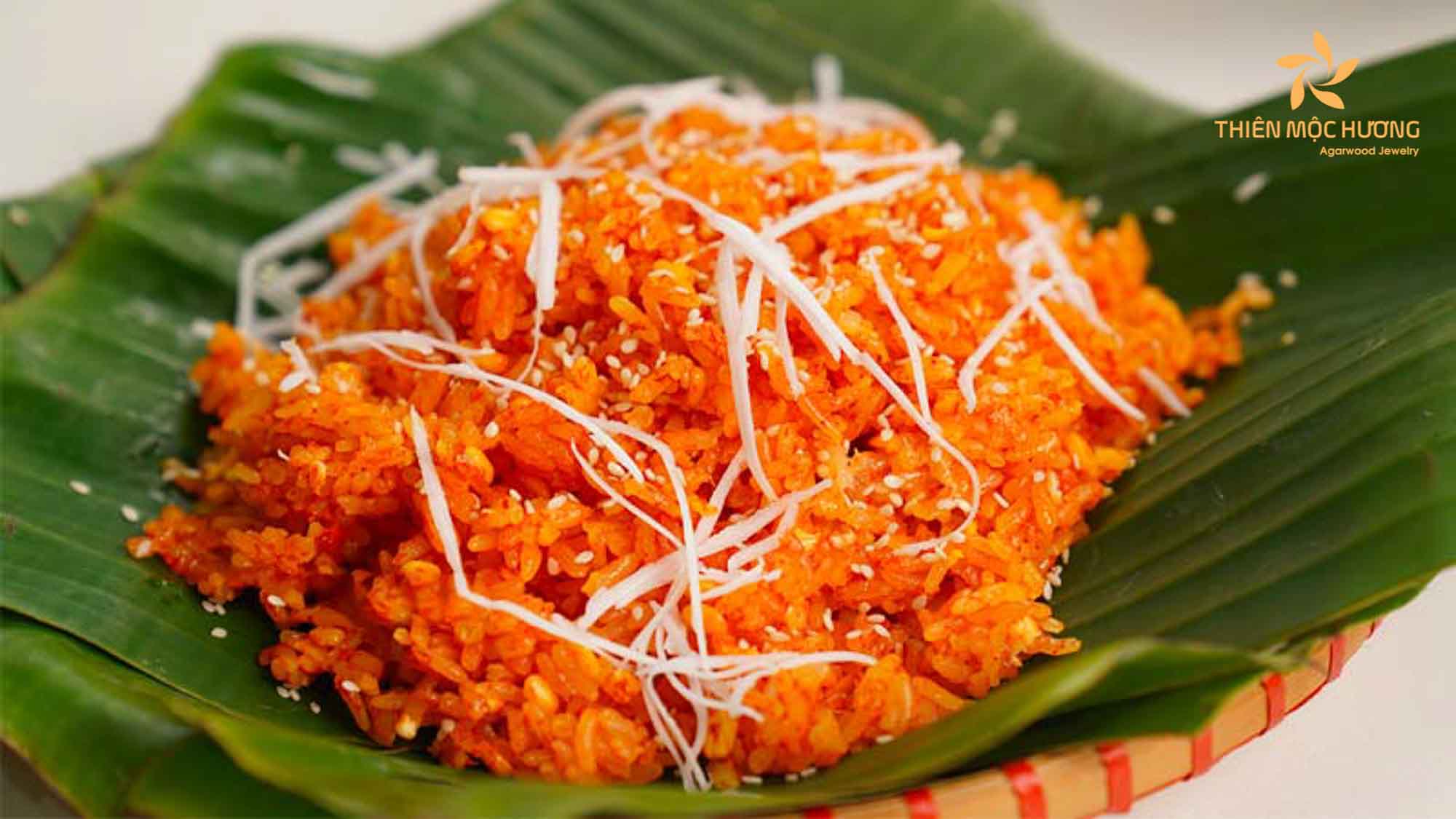
8. Canh Măng (Bamboo shoot soup) – Traditional Vietnamese new year food soup
Canh Măng is a bamboo shoot soup with pork or shrimp and various vegetables, often flavored with fish sauce and aromatic herbs. It’s a light and refreshing dish that balances out the richness of other Tết delicacies.
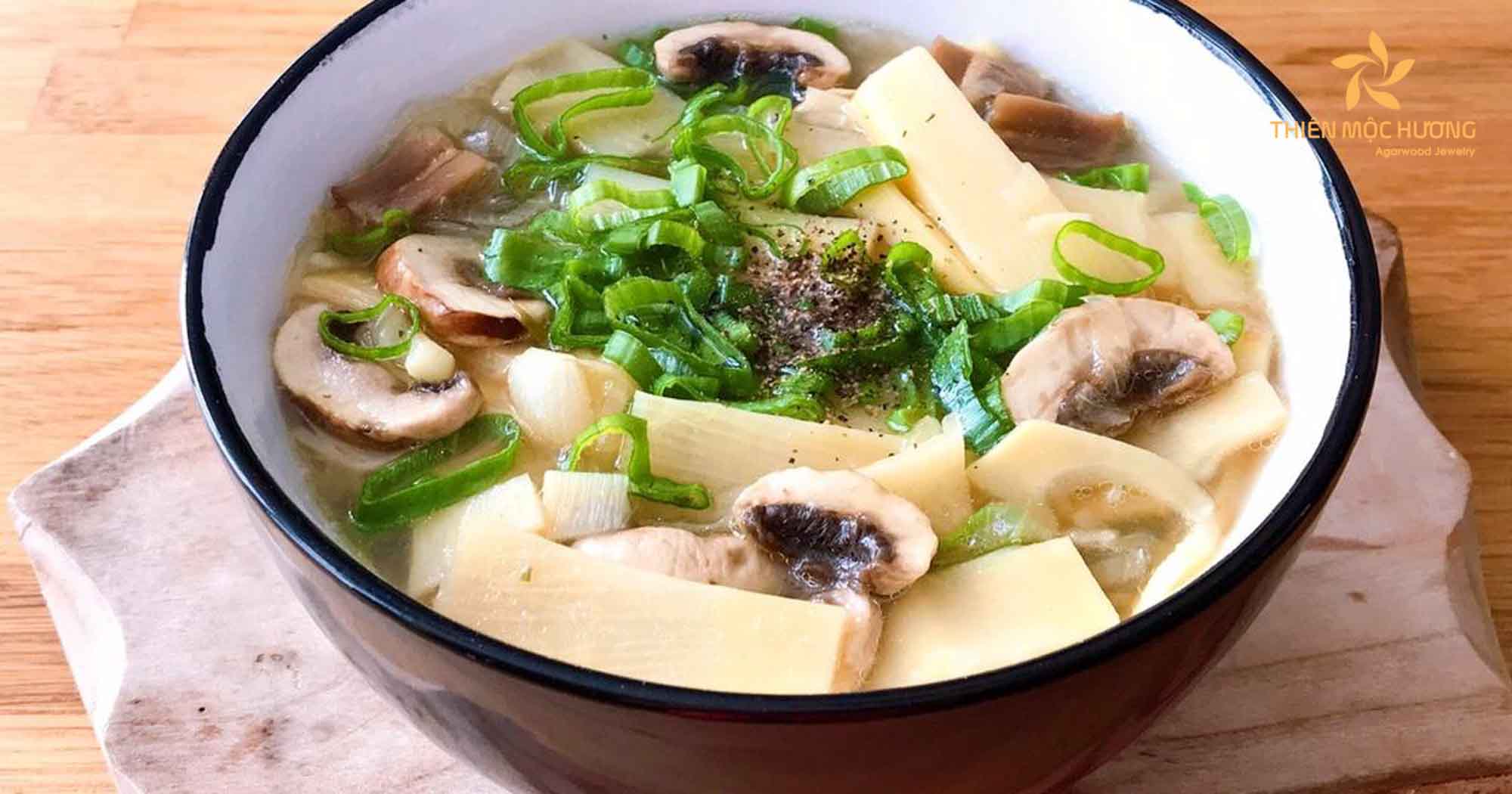
9. Mứt Tết (Candied Fruits)
Mứt refers to a variety of candied fruits and seeds typically served during Tết. Some popular mứt flavors include candied coconut, ginger, lotus seeds, kumquat, and squash.
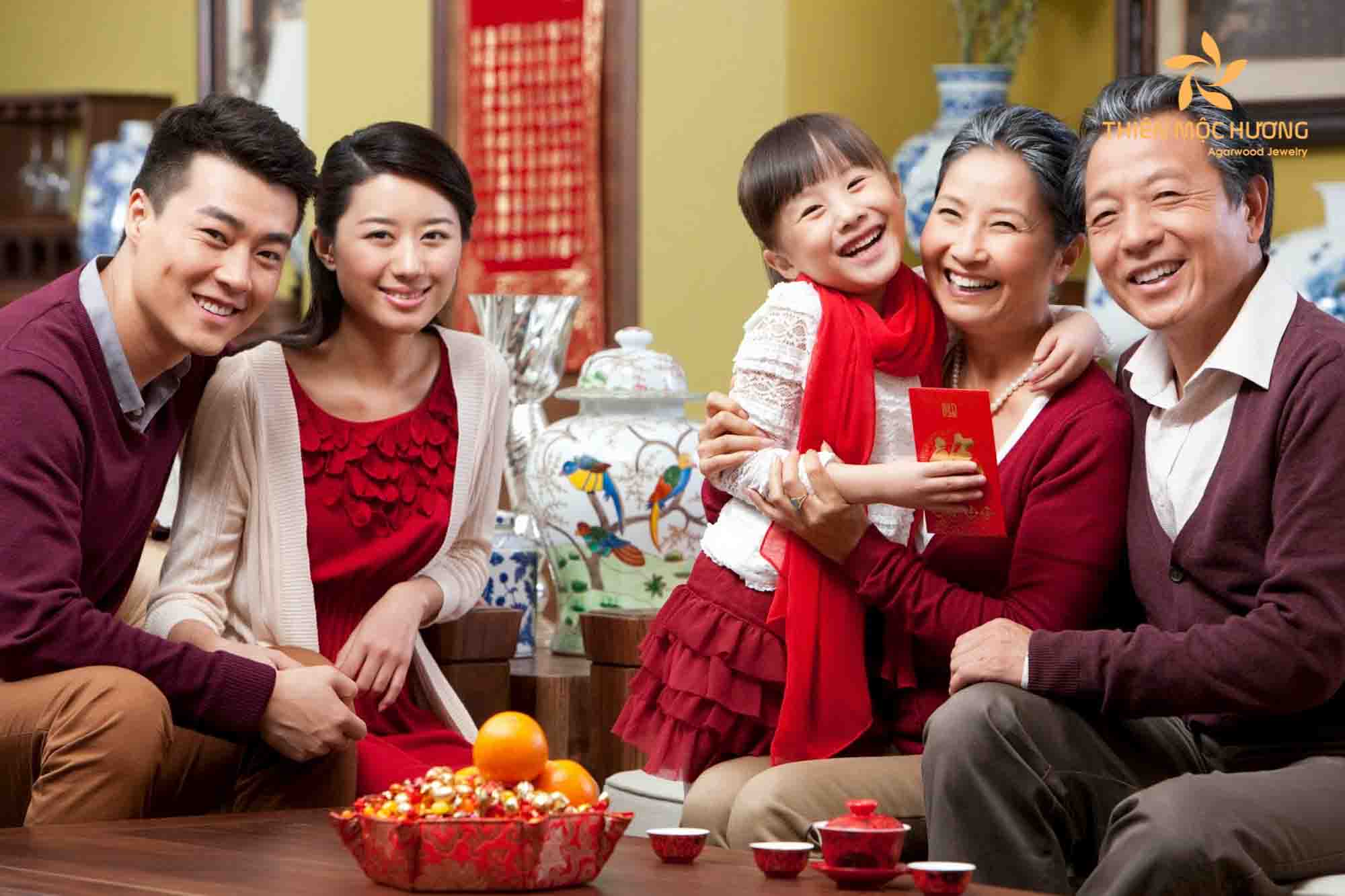
10. Chè (Sweet Soup) – Sweet Vietnamese lunar new year food
Chè is a popular Vietnamese dessert made with various ingredients like mung beans, black-eyed peas, coconut milk, and jelly, sweetened with sugar or condensed milk. There are countless chè variations, making it a delightful treat during the festivities.
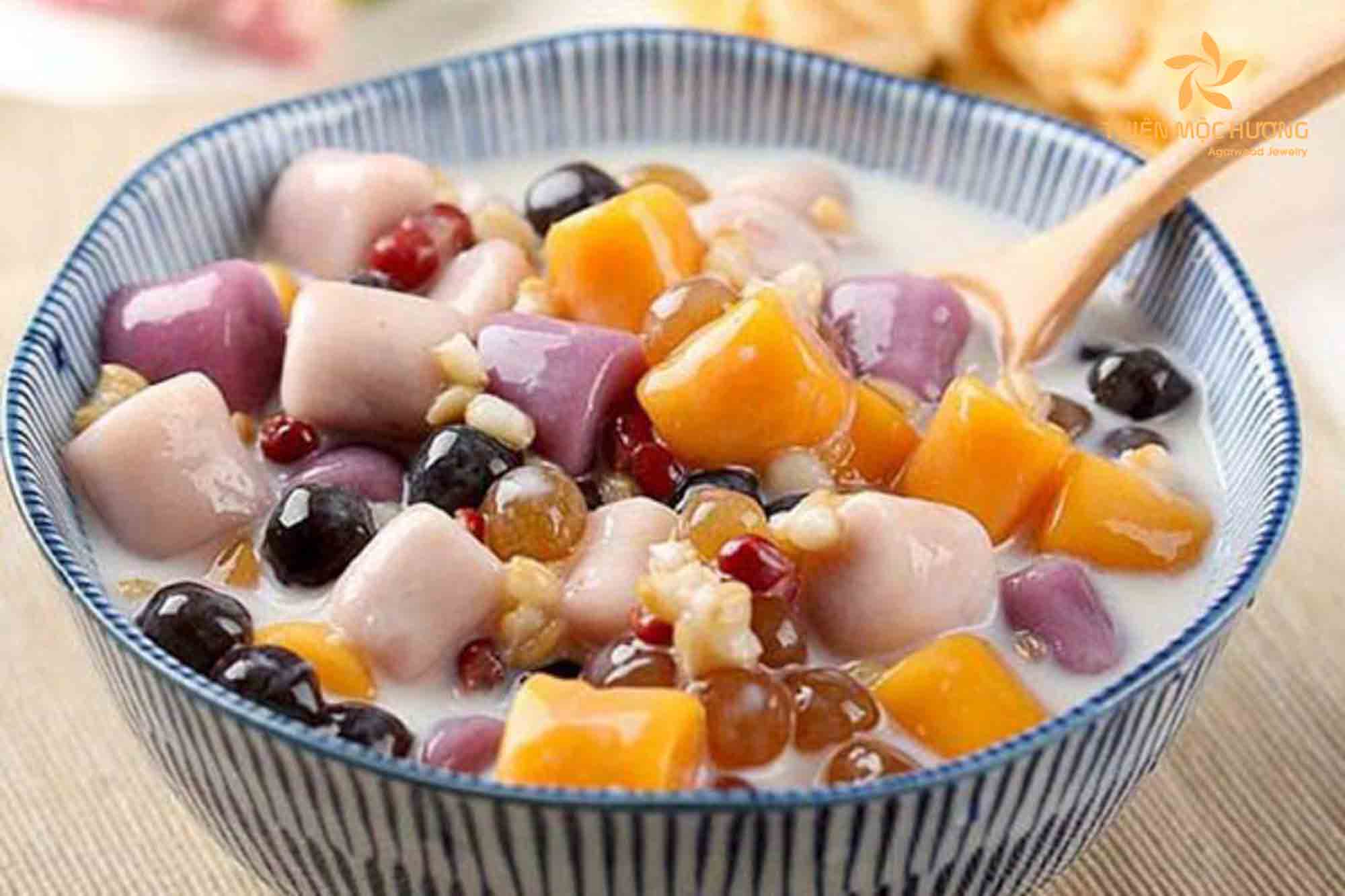
11. Nem nướng (Baked rolls) – Famous Vietnamese lunar new year food
Nem Nướng: Nem Nướng consists of grilled pork sausage, often served with rice paper, fresh herbs, and a special dipping sauce. It’s a fantastic dish for those who enjoy a mix of textures and flavors.
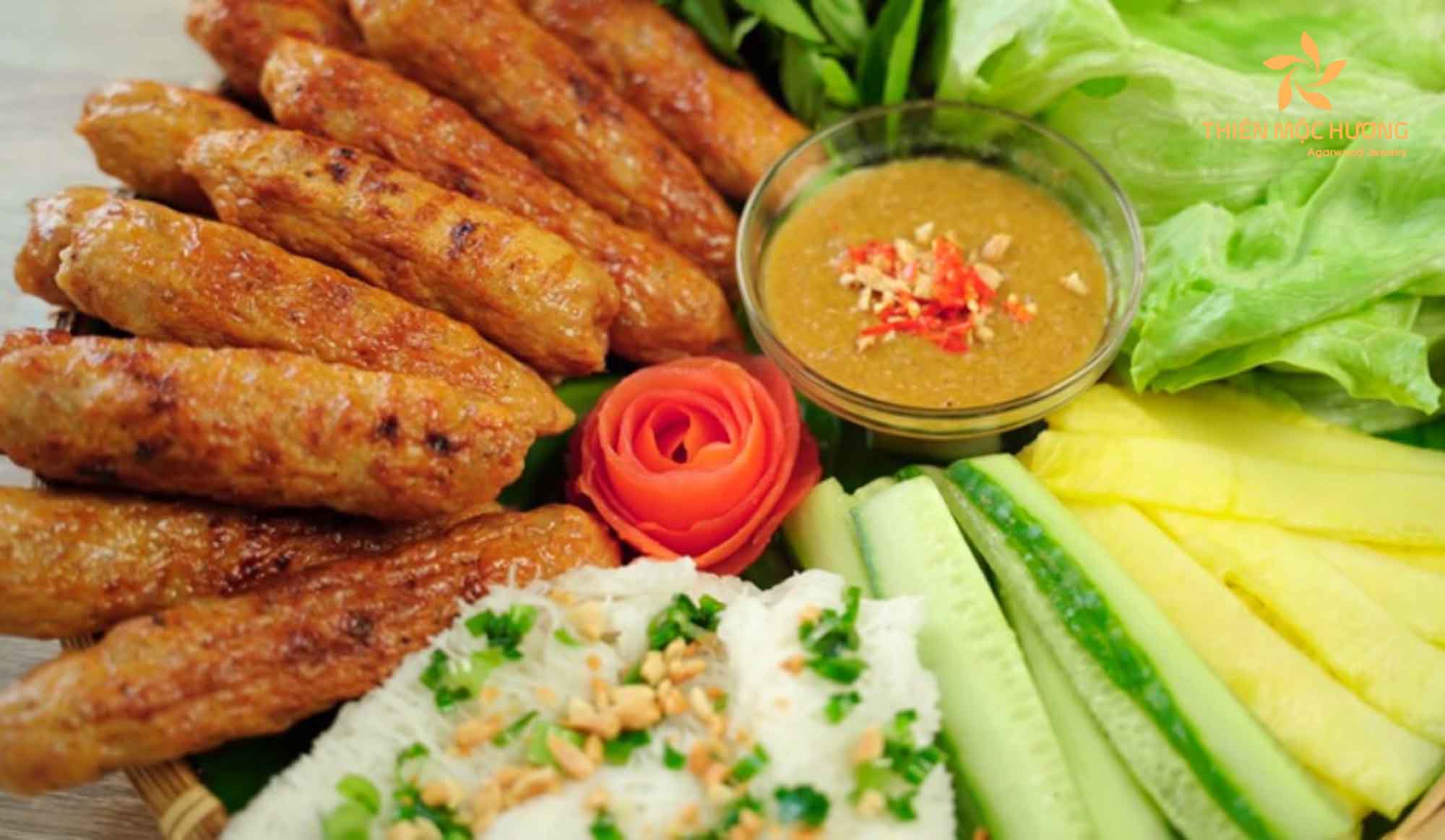
III. Tips for experiencing Vietnamese New Year Food in Vietnam
Indeed, when it comes to Vietnamese New Year or Tet, it’s not just about the festive atmosphere and colorful traditions; it also provides a great opportunity to indulge in the country’s delectable cuisine. Here are some tips for you to fully immerse in this gastronomic journey.
1. Top destinations to savor authentic Vietnamese lunar new year food
Hanoi, the capital city, stands out as an obvious choice. Its age-old culinary culture offers an assortment of traditional Tet foods like Banh Chung (sticky rice cake) and Gio Lua (Vietnamese pork sausage).
Another destination to consider is Hue, known for its imperial cuisine. Here, you can taste the unique flavors of Banh Khoai (Hue pancake) and Bun Bo Hue (Hue Beef Noodle Soup).
Lastly, don’t miss out on Ho Chi Minh City. With its vibrant food scene, the city is a melting pot of flavors where you can enjoy the sweet southern twist on traditional Tet food.
2. Etiquette and customs when partaking in Tet feasts
Vietnamese people value respect and courtesy, especially during important occasions like Tet. Be sure to wash your hands before eating, and wait for the oldest person at the table to start the meal before you do. If you’re invited to someone’s home, it’s considered polite to bring a small gift, often food or flowers. When eating, remember to use chopsticks correctly and avoid sticking them vertically into your rice bowl, as this is seen as bad luck.
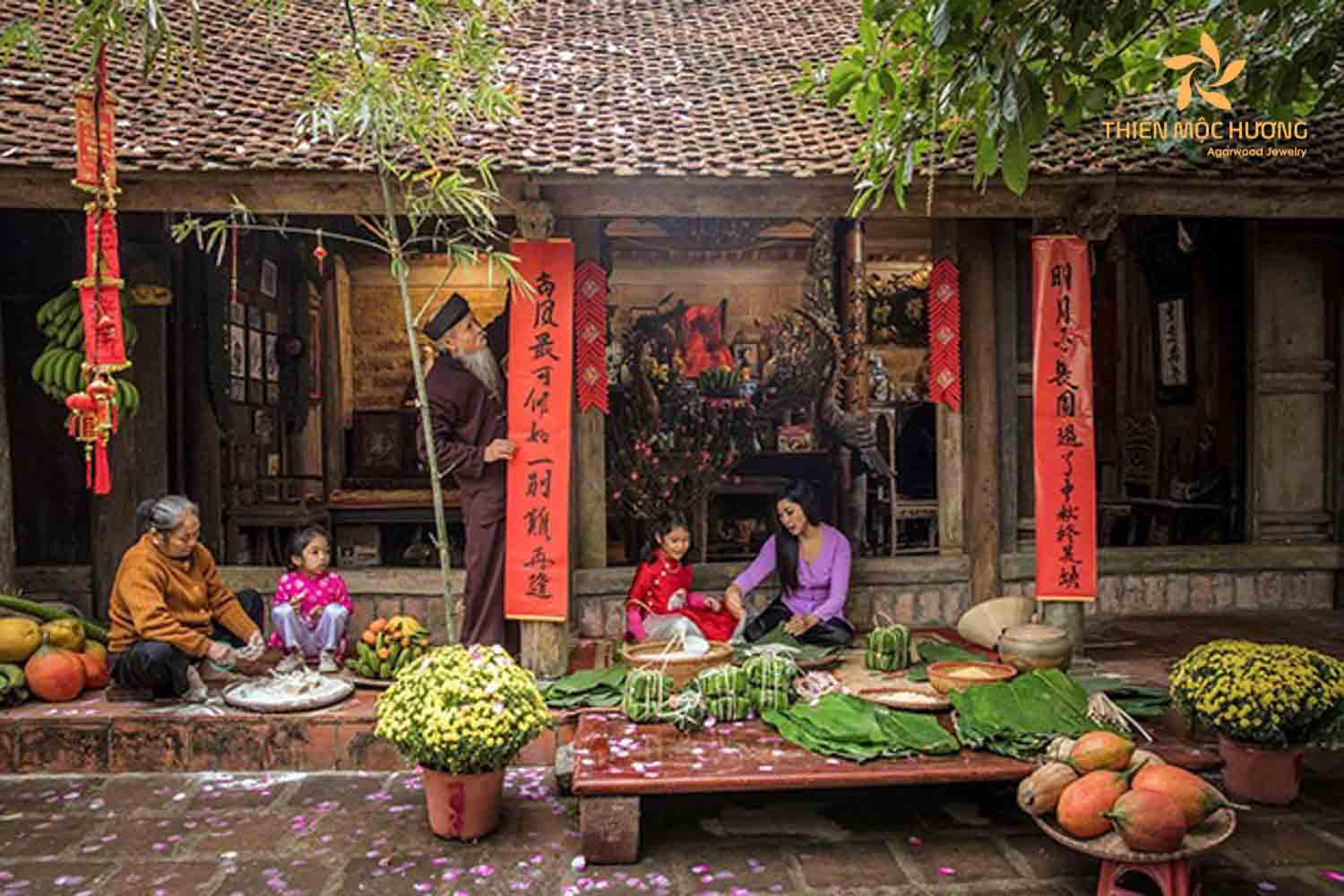
IV. FAQs about Vietnamese New Year food
V. Conclusion
Tet cuisine is a delightful journey into the heart of Vietnamese culture, filled with rich symbolism, tradition, and mouthwatering flavors. From the iconic Bánh Chưng to modern Tet-inspired desserts, each dish represents the hopes and dreams for a prosperous year ahead. As you celebrate Tet with your loved ones, take the time to savor the flavors and immerse yourself in the festive spirit.
(61)
